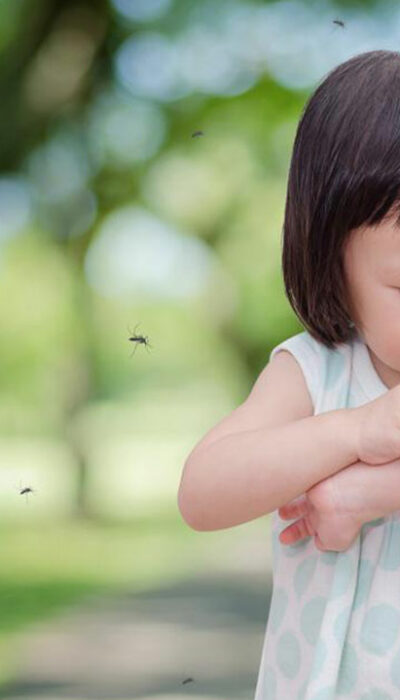
7 Common Spring Allergies Symptoms
Spring is a season when flowers bloom, and the plants and trees flourish. So undoubtedly nature is at its best. During springtime, the trees and flowers release pollen in the air to reproduce. However, for some people, spring means a period of allergic reactions and numerous visits to the doctor. The allergic reactions can be caused due to trees and weeds like alder, ash, aspen, box elder, cypress, elm, beech, hickory, oak, olive, orchard, redtop, and many more. Allergic reactions are common, but certain people are at a higher risk due to their genetic disposition, which makes them more susceptible to these reactions. When our body comes in contact with an allergen, it starts producing allergy specific antibodies called immunoglobulin, as the part of a natural immune reaction. These antibodies are present in our nose, throat, eyes, and lungs. As soon as our body comes in contact with any allergens such as pollen, the natural reaction begins, and spring allergy symptoms like sneezing and burning eyes appear. The spring allergy symptoms could be visible, but occur late, so it should be anticipated early, and preventive measures should be taken to avoid the discomfort. Following are some of the common spring allergy symptoms. A runny nose A runny nose is the most common symptom of spring allergy. You might experience a frequent discharge of nasal fluids at random times, during the day. Keep a handkerchief with you always, to keep your nose clear and to maintain hygiene. A homemade nasal irrigation solution can help clear the nasal passage and the sinus tract. Mix a quarter teaspoon of salt and baking soda, in distilled water to make your nasal irrigation mixture. Transfer this mixture to a squeeze bottle and irrigate your nose three times a day, to relieve the symptoms. Taking a steam treatment can also help to unclog the nasal passage.










